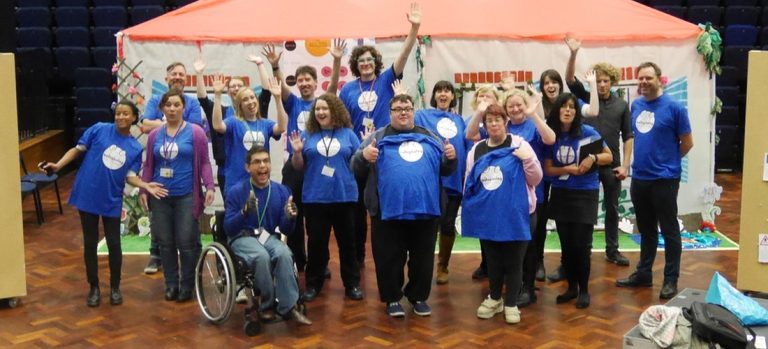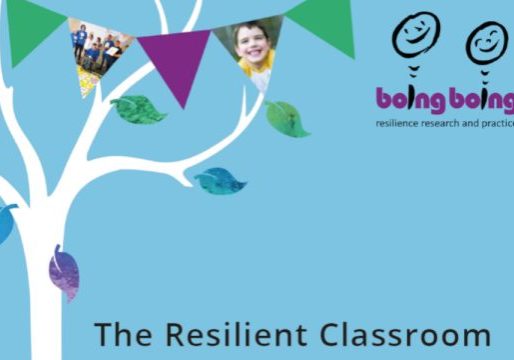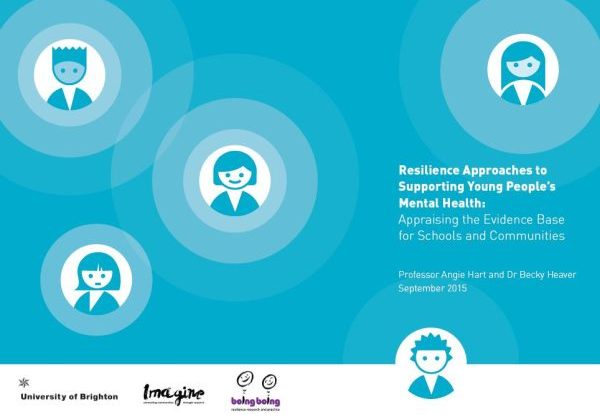Co-production in promoting resilience – what does this mean for schools?
Co-production is a way of working that utilises the experience, knowledge and skills of a range of stakeholders to design, produce and deliver better services and resources. It is a highly participative version of “engagement”, which is perhaps a more familiar term.
It is a value-based approach that views the people who use a service as assets with important knowledge and skills that can be harnessed to promote positive change. Rather than being a formula that everyone follows regardless of what they are trying to achieve, it is often seen as a set of values and principles that should be followed. As such, it is highly process-driven. Some of these values and principles are:
- It is inclusive, with steps taken to ensure that everyone can be meaningfully involved.
- It is asset or strengths-based, recognising, respecting and building on the capabilities and contributions of everyone involved.
- It is also based on mutuality and co-operation to achieve a shared goal or interest and reciprocity, where everyone who has contributed gets something back.
- It changes how those that the service is provided for are seen by those who provide the service – less as passive recipients and more as capable, active agents.
- It requires those with hierarchical or executive power to listen actively to those with less hierarchical power.
What does it mean for schools?
In schools, co-production means the whole school community, or the parts of the community that have insight into a particular issue or need, bringing their perspectives together to improve an identified outcome. It recognises that management, teaching staff, support staff, young people and parents all have valid experiences and perspectives on school life.
In a whole school approach to resilience, everyone who has direct experience of the school can make a valuable contribution to the identification of areas for improvement and co-produced solutions. Just being part of co-produced solutions and improvements can enhance participants’ wellbeing and the wellbeing of the school dynamics. Benefits of well-implemented co-production approaches also include:
- Offering participative and contextualised learning opportunities
- Developing a sense of community and independent peer-networks
- Promoting deep learning and active engagement
- Encouraging inclusivity and reciprocity
- Building confidence and capacity
- Producing new knowledge and more effective solutions to identified needs and areas of development
So far, co-production approaches have been less well-embedded in formal education. However, there are many examples of good co-production in schools. School Councils are an example, providing they are done well and result in meaningful involvement and real impact (i.e. if the principles of co-production are adhered to – see above).
Co-production in schools can include:
- Co-identification of need and areas for improvement
- Co-design, including planning of curriculum, extra activities, resilience initiatives, safe spaces, additional support options
- Co-decision making in the allocation of resources
- Co-delivery of services, including peer support, buddying, mentoring
- Co-evaluation/review
It should also be very clear what pupils and parents can get back from their contribution. Even if there is no direct benefit to pupils or parents, but benefit through an improved school environment and better-tailored support, this should be transparently stated.
Co-production, by definition, means a sharing of power. For schools that are not used to sharing real power with pupils and parents, this may be a challenge. Before any co-productive process begins, school staff and managers should give appropriate thought to explore how much control they are open to being shared, how much risk, and exactly which risks they are prepared to work with. These considerations should shape the co-production and it is important that those in power in the school are transparent and open with pupils and parents about the extent and limitations of what they can and cannot influence.
There are not many publications yet specifically on co-production in schools. For more background information about co-production see:
Boyle, D. et al (2010) Right here, right now. Taking co-production in to the mainstream, NESTA, London.
Cahn, E. (2000) No more throwaway people: the co-production imperative, Essential Books, Washington.
New Economics Foundation (2009) Co-production: a manifesto for growing the core economy, the New Economics Foundation, London.
Slay, J. & Robinson, B. (2011) In this together: building knowledge of co-production, the New Economics Foundation, London.
Download this article as a PDF.
Anne Rathbone for Boingboing Resilience CIC – [email protected]
© 24 January 2017


